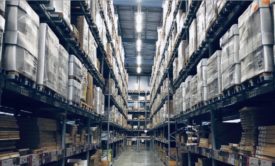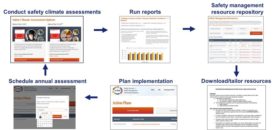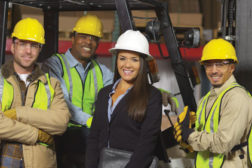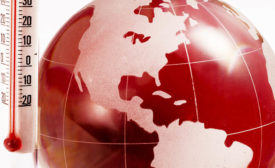Articles by Dave Johnson
Understand your jobsite safety climate strengths & weaknesses
CPWR provides free online tools & resources for continuous improvement
October 3, 2022
Gaining momentum: Restricting & banning 'forever chemicals'
PFAS have varying degrees of toxicity
August 4, 2022
Never miss the latest news and trends driving the safety industry
eNewsletter | Website | eMagazine
JOIN TODAYCopyright ©2024. All Rights Reserved BNP Media.
Design, CMS, Hosting & Web Development :: ePublishing










